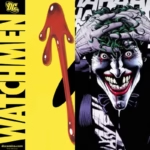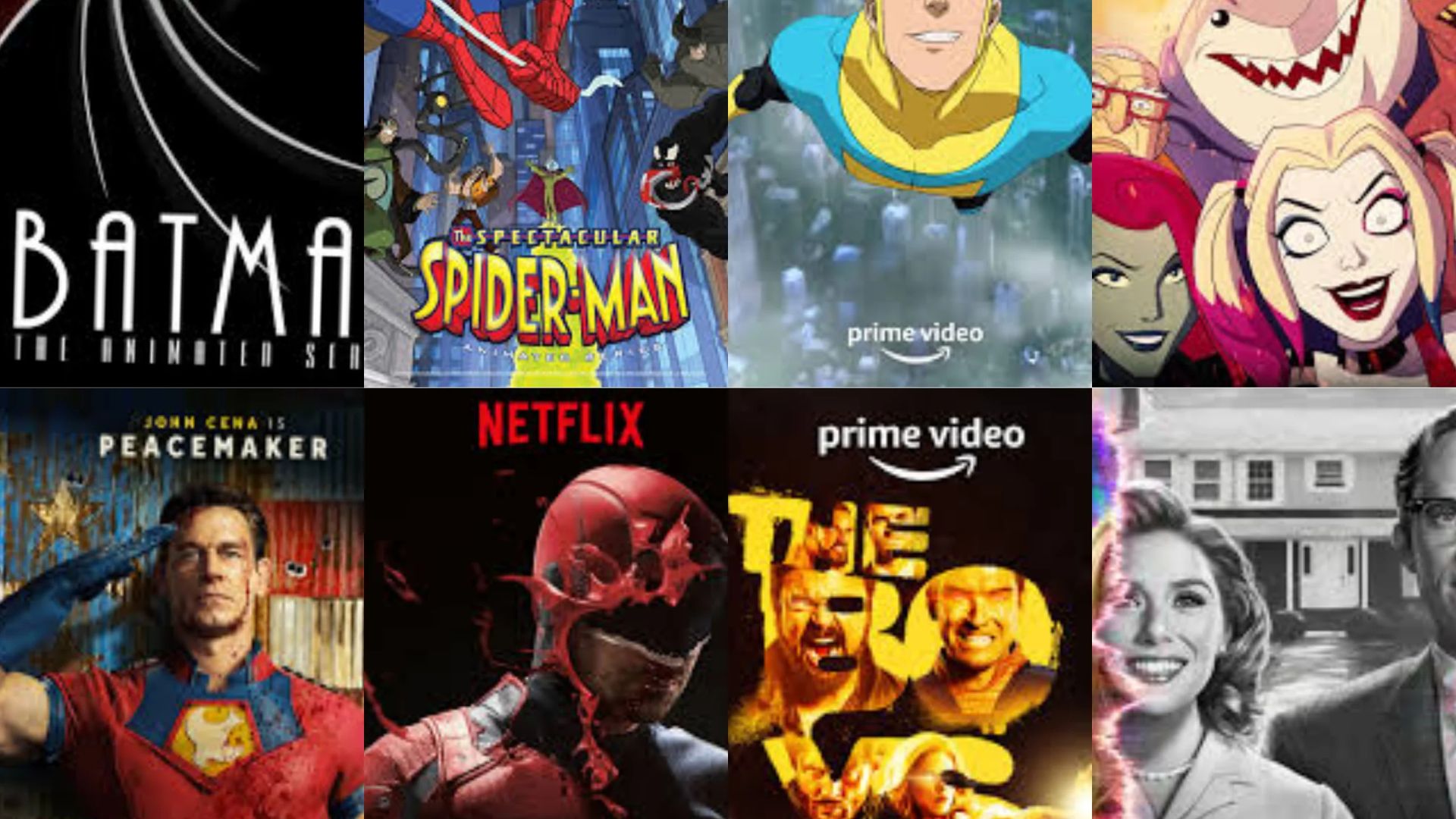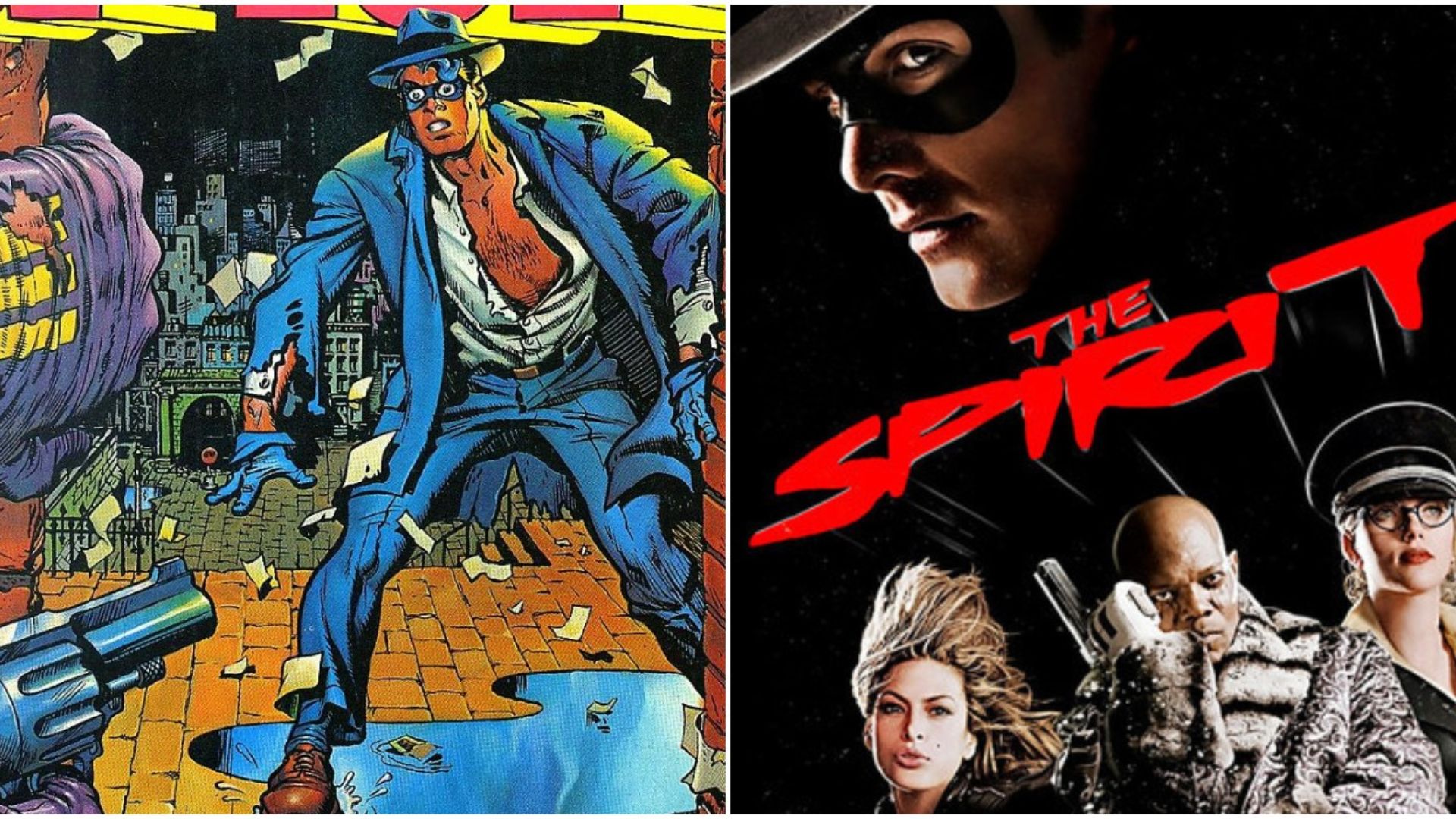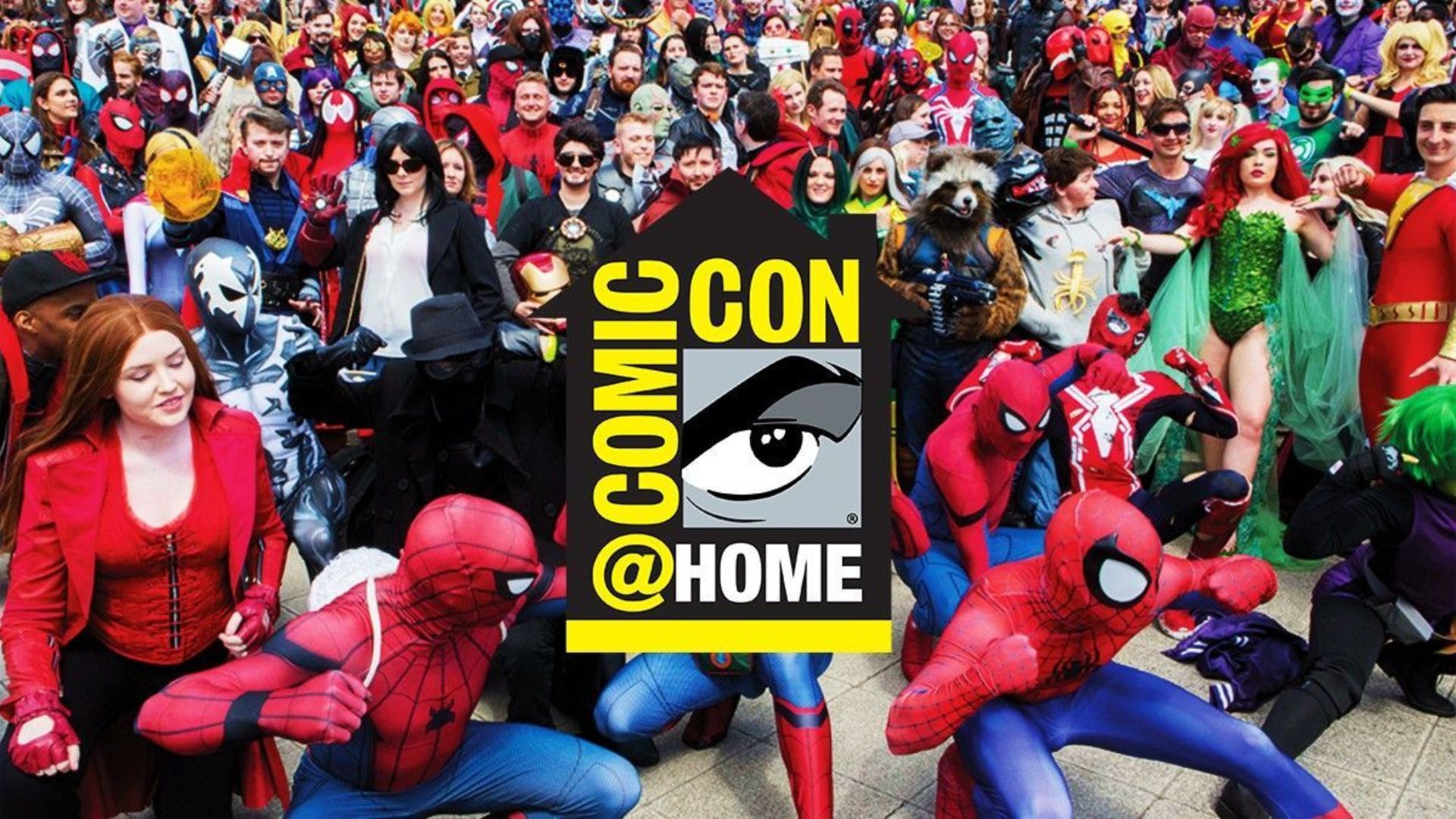In recent years, comic books have become a major source of inspiration for movies. Superheroes like Spider-Man, Batman, and the Avengers have taken over the big screen, bringing iconic comic book characters to life. But how did this transformation happen? What makes comic books such a rich source for films? In this article, we’ll explore how comic books are turning into movies, the reasons behind their popularity, and how they’ve changed the movie industry forever.
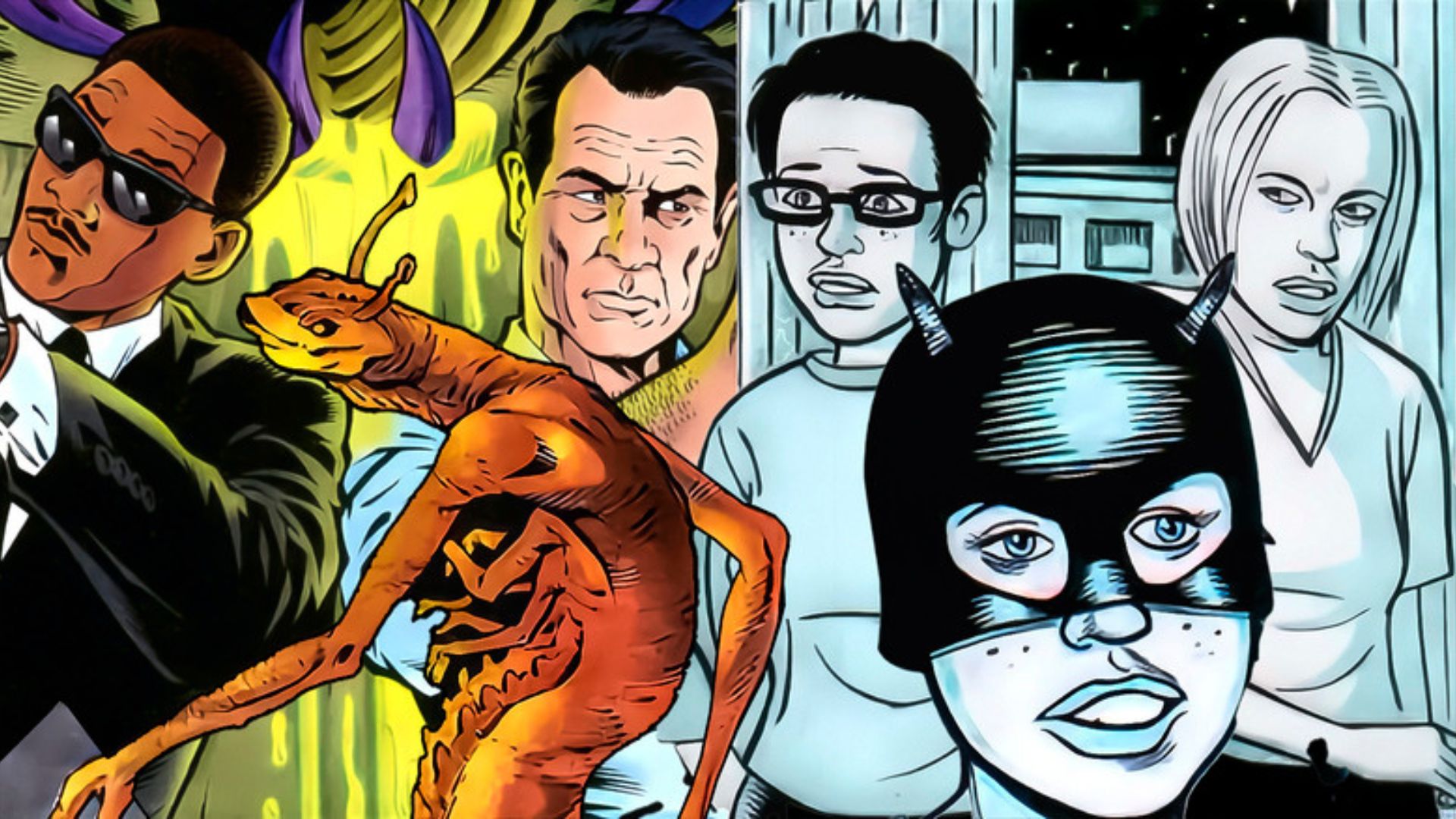
1. The Rise of Superhero Movies
Superhero movies have been around for decades, but they truly exploded in popularity during the 21st century. In the early 2000s, movies like X-Men (2000) and Spider-Man (2002) proved that audiences were excited to see their favorite comic book characters on the big screen. These movies were successful both financially and critically, which led Hollywood to take notice. The success of these films showed that comic books had a rich storytelling tradition that could easily translate into movies.
The real game-changer, however, was the release of The Dark Knight (2008) and Iron Man (2008). These movies not only broke box office records but also proved that comic book films could be taken seriously. The Dark Knight redefined superhero movies with its dark, gritty tone and complex characters, while Iron Man launched the Marvel Cinematic Universe (MCU), a franchise that has since become one of the most successful in film history.
2. Why Comic Books Make Great Movies
Comic books offer rich source material for filmmakers for several reasons. First, they are already visual by nature. The art in comics brings characters and worlds to life, making it easier for directors to translate them into films. Comic books often feature bold visuals, dramatic action scenes, and unique character designs that are perfect for cinematic storytelling.
Second, comic books often tell epic stories with larger-than-life characters, which make them exciting to watch. Superheroes, in particular, come with extraordinary powers, fascinating backstories, and conflicts that make for thrilling movie plots. Whether it’s Batman’s battle against crime in Gotham or the Avengers’ fight to save Earth, these high-stakes adventures capture the audience’s attention.
Finally, comic books are full of complex characters and themes. Superheroes struggle with personal issues, identity, and morality, just like people in real life. For example, Spider-Man struggles with the balance between his normal life and his responsibilities as a hero. This emotional depth makes comic book stories relatable, even if the characters have superhuman abilities.
3. From Page to Screen: The Adaptation Process
Turning a comic book into a movie is no small task. The process involves several key steps that bring the comic book world to life on screen.
Step 1: Selecting the Right Story
The first step in adapting a comic book into a movie is choosing the right story. Not all comic book arcs are suited for a film adaptation. Filmmakers typically look for storylines that are engaging, well-paced, and have broad appeal. For example, The Dark Knight Returns was chosen as the basis for Christopher Nolan’s The Dark Knight because of its deep themes and exciting action sequences.
Step 2: Casting and Visual Design
Once the story is chosen, filmmakers turn their attention to casting the right actors and creating the visual style of the movie. Choosing the right actors is crucial, as fans have strong attachments to the characters they’ve read about for years. For instance, Robert Downey Jr.’s portrayal of Tony Stark/Iron Man became one of the defining performances in the MCU, contributing greatly to its success.
The visual design of the movie is also important. The costumes, special effects, and set designs need to stay true to the look of the comic book while making the world believable on screen. Directors work closely with costume designers and visual effects teams to ensure the movie captures the iconic look of the comic book while also feeling realistic to the audience.
Step 3: Bringing the Action to Life
One of the biggest challenges of adapting a comic book is bringing the action to life. Comics often feature over-the-top action sequences, such as Spider-Man swinging through New York City or Superman flying at super speeds. Filmmakers use cutting-edge CGI and practical effects to recreate these scenes in a way that feels as dynamic and exciting as the pages of the comic book.
This is where modern technology plays a huge role. Advances in CGI and motion capture have made it possible to create superhero action sequences that were once impossible. For example, the Avengers films rely heavily on CGI to create epic battles and special effects that would be impossible to achieve through traditional means.
Step 4: Staying True to the Source Material
One of the key challenges in adapting a comic book into a movie is striking the right balance between staying true to the source material and making necessary changes for the cinematic experience. While it’s important to maintain the essence of the comic, filmmakers often make changes to the plot, characters, or tone to fit the movie format. This is why some comic book fans can be critical of certain adaptations—changes to beloved characters or storylines can be controversial.
However, when done correctly, these adaptations can enhance the original material. For example, the MCU has made many changes to comic book characters and plots, but it has generally stayed true to the core themes and personalities of the characters. As a result, the MCU has been able to introduce comic book heroes to a global audience and create a shared universe that connects multiple movies.
4. The Impact of the MCU and DC Films
The success of the Marvel Cinematic Universe (MCU) and DC Films has shown that comic book movies are here to stay. The MCU, in particular, has revolutionized the way comic book movies are made, creating interconnected stories that span across multiple films and television series. This shared universe model has been incredibly successful, with films like Avengers: Endgame (2019) becoming box office juggernauts.
DC Films, although not as interconnected as the MCU, have also seen success with movies like Wonder Woman (2017) and Aquaman (2018). The release of Zack Snyder’s Justice League (2021) has reignited interest in the DC universe, proving that comic book fans are eager for more adaptations of their favorite characters.
5. The Future of Comic Book Movies
The future of comic book movies looks bright. As new technologies, such as virtual reality and AI, continue to evolve, filmmakers will have even more tools to create immersive, visually stunning films. Plus, with the increasing popularity of streaming platforms like Netflix, Disney+, and HBO Max, comic book adaptations are now being made for television as well. Shows like The Boys, The Umbrella Academy, and WandaVision have been hugely successful, proving that comic book stories can thrive outside the big screen too.
Furthermore, comic book movies are diversifying. More characters from different backgrounds, genders, and cultures are being introduced, which means a broader range of stories will be told. Films like Black Panther (2018) and Shang-Chi and the Legend of the Ten Rings (2021) have shown that comic book adaptations can reflect a wider variety of experiences and audiences.
Conclusion: The Comic Book Movie Revolution
Comic books and movies have a long, interconnected history. Over the years, comic book stories have transformed into blockbusters that dominate the box office. The popularity of superheroes, gripping narratives, and stunning visuals have made comic books the perfect material for film adaptations. With each new movie, more fans are drawn into the world of comics, creating a feedback loop where comic book culture continues to grow and thrive.
As technology advances and storytelling evolves, the future of comic book movies looks even more exciting. So, whether you’re a lifelong comic book fan or someone new to the genre, there’s no doubt that comic book movies are here to stay and will continue to shape the future of cinema.


